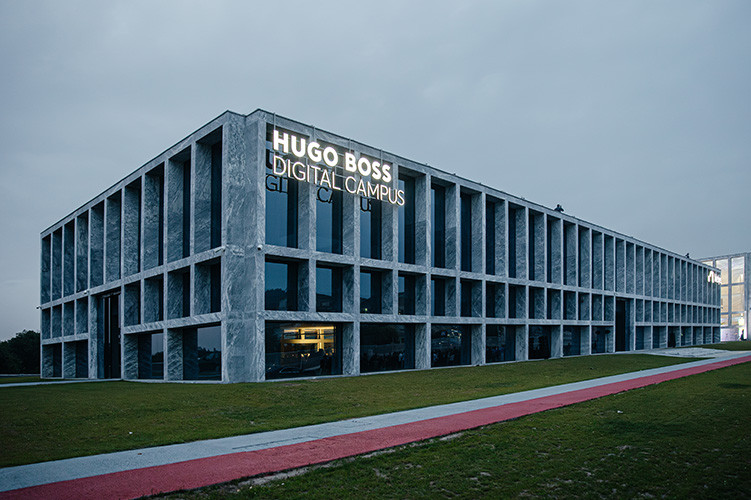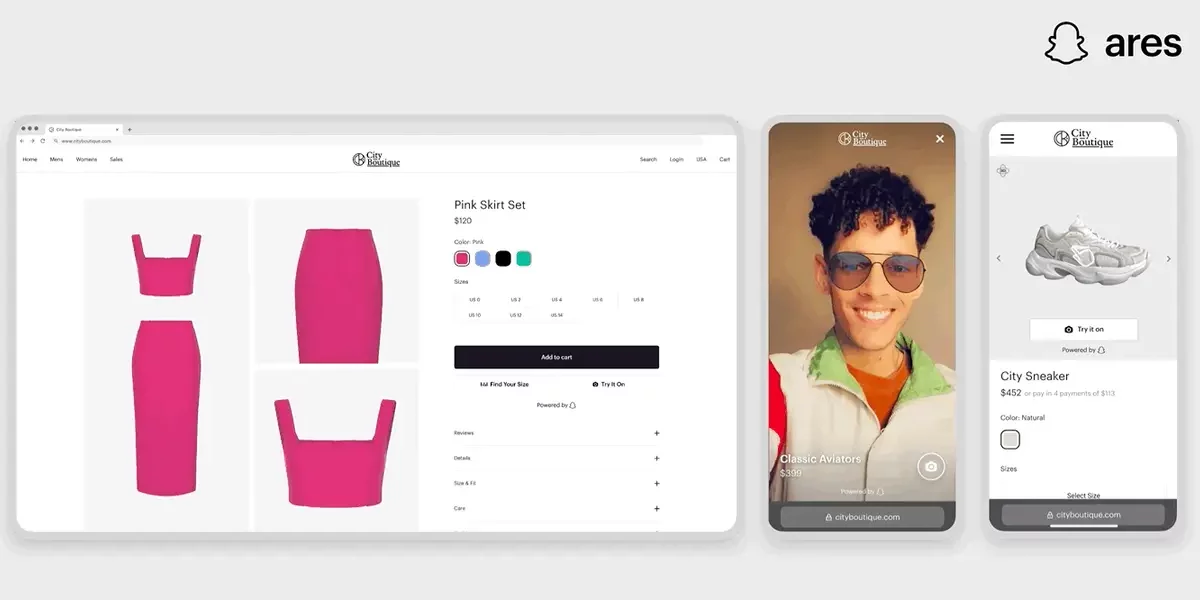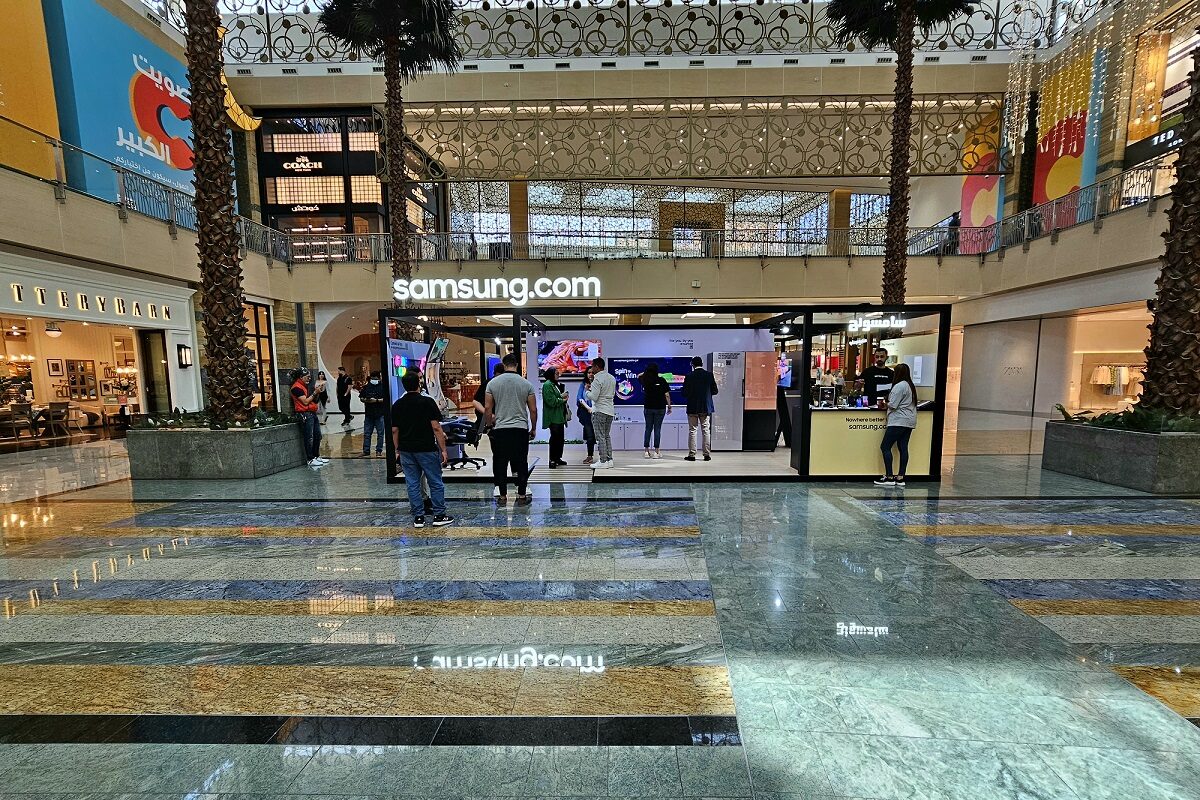New GS1 Foundations Online Certificate Course
Digitization has radically changed customer buying behaviors to favor online retail in the past few years. Continuing education and training can help companies and employees prepare for the future. We spoke to Vanessa Pomp, Manager Shopper Experience at GS1 Germany about the new training course and discussed the general retail trends.
Your organization has been offering the GS1 Online Category Manager Certificate Course for nearly a year. Who is your target audience for this program?
The course is aimed at all employees and executives in retail, industrial and service settings who use multiple channels to reach their customers and seek to expand their category management (CM) knowledge to include e-commerce aspects.
Who has participated in the course so far?

© GS1
We are pleased to announce that over 40 participants from a wide range of businesses have successfully completed the course. The graduates come from the industry and include omnichannel retailers or pure players – comprising the FMCG sector and the non-food sector. Participants also cover different areas of expertise and run the gamut from category management, purchasing, online sales to online key account management.
What will participants learn in the course?
Anything from methodology to practical examples and expert lectures to practical exercises. Participants of the interactive course receive all the tools they need to successfully implement efficient online CM in their company. The classic category management 8-step process provides the foundation.
In addition to optimized category management, online category management focuses on boosting visibility in e-commerce. Course participants obtain a comprehensive understanding of the exciting field of consumer buying behavior and learn about critical success factors pertaining to online stores. They also find out how to leverage a better understanding of their customers’ needs and expectations to achieve higher conversion rates and shopping cart values.
What are the differences between offline and online category management?
The starting point for online category management is a change in buying behavior, which is primarily driven by new digital solutions and choices. Today’s consumer buys, searches for products and compares items across multiple channels and increasingly considers retailers as a whole versus differentiating between online and online channels. That’s why retailers must put the customer at the center of their business and have to consistently communicate across all relevant touchpoints. The category management 8-step process can generally also be applied to online retailing, though it is far more dynamic in nature in this setting. You must also consider that the e-commerce process steps have to expanded and adapted to meet the particular environment and conditions.
Another challenge stems from the sometimes different databases across the various channels. While some of the retail and household panel data at the category level is not (yet) available to the same extent for the online market as it is for the overall offline market, you can still use multiple internal key performance indicators to evaluate the success of online stores.
What prompted you to create this type of course?
We always respond to the needs and challenges of our clients. They wanted to get a better understanding of how they can translate category management best practices from brick-and-mortar retail into e-commerce. That’s why we teamed up with trade and industry partners to develop the course and adapt to changes in the market. The following questions took center stage:
• How do you define categories in e-commerce and which entry and navigation options should be made available to online shoppers?
• How do you identify high potential categories for online stores?
• Which aspects must be considered in online category management and how important are content and master data management?
• How do you increase visibility for e-commerce stores and products? How does category management have to interact with online marketing and other interfaces in this setting?
How has retail changed in recent years from your perspective?
Digitization and the resulting change in consumer buying behavior already had a lasting impact on various industry sectors. One example of this is the bookselling industry, which is – among others- largely shaped by Amazon. Due to new, digital solutions, retail is currently undergoing some drastic changes. The increase in digitization as it pertains to the buying process, combined with the increasing use of the Internet to purchase products, obtain product information and to compare prices, offer manufacturers and retailers both challenges and opportunities.
What does this mean for retailers?
The main challenges faced by brick and mortar retail stores are to build a strong and attractive web presence for the customer and use it to boost in-store sales. The opportunities of digitization lie in an even better understanding of customers by analyzing the vast amounts of valuable data that online shoppers create via their online activities. The knowledge gained from this can be used for online business and adapted in part to also benefit the brick-and-mortar store.
What will the “future of shopping“ look like in your opinion?
Shoppers of the future will increasingly decide when and where they want to shop. Companies need to be flexible to quickly adapt to the situational needs of their customers and to align categories, products, and services accordingly. Advancements in technology and especially the application of artificial intelligence, retail assistance systems, and mobile Internet devices, further expand the options of shoppers. Consumers expect a seamless shopping experience. The key to this is consistent organizational and technical networks and interoperability.
Interview: Sonja Koller, EuroShop editorial team




















